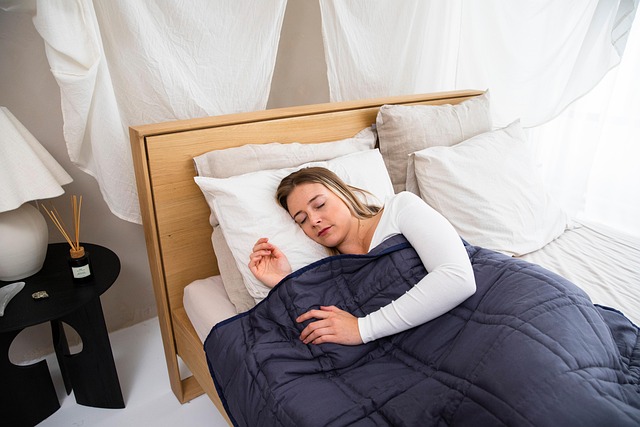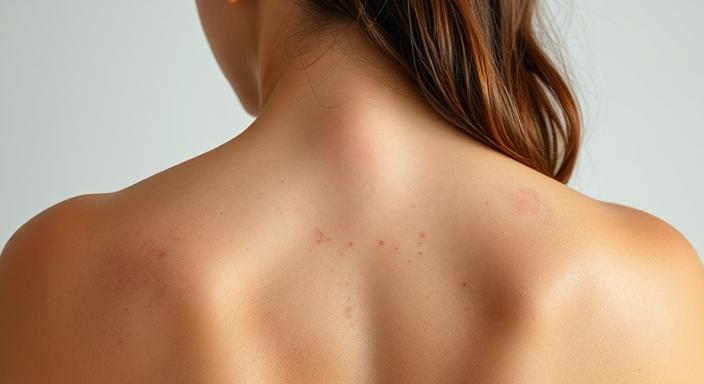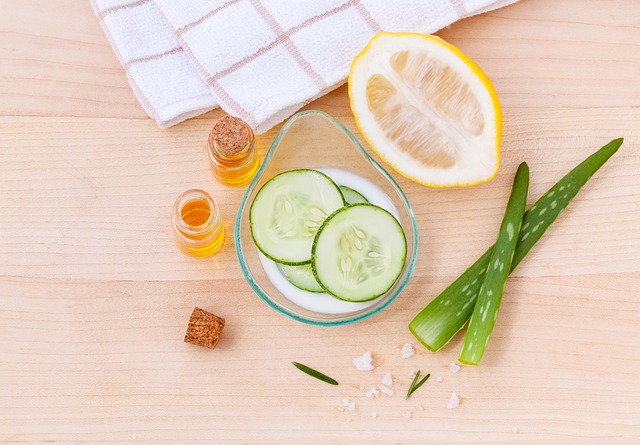Washing your face properly is a cornerstone of acne prevention. A consistent, gentle cleansing routine can help remove excess oil, dirt, and bacteria that clog pores and contribute to breakouts. This article outlines the ideal steps and tips for washing your face to maintain clear, acne-free skin.
Step-by-Step Guide to Washing Your Face
Follow these steps twice daily (morning and night) for optimal acne prevention:
1. Start with Clean Hands
Before touching your face, wash your hands thoroughly with soap and warm water for at least 20 seconds. This step is crucial because hands can carry bacteria, oil, and dirt from surfaces like phones, keyboards, or door handles. Transferring these to your face can clog pores and trigger acne, especially in sensitive or acne-prone areas like the cheeks or chin. Keeping a clean slate ensures that your face-washing routine starts without introducing new contaminants.
2. Remove Makeup (If Applicable)
If you wear makeup, sunscreen, or heavy skincare products, remove them before washing your face to prevent pore clogging. Use a gentle makeup remover or micellar water, such as Garnier SkinActive Micellar Cleansing Water (suitable for all skin types) or Bioderma Sensibio H2O (ideal for sensitive skin), to effectively dissolve cosmetics and impurities. For heavier makeup or sunscreen, try an oil-based cleanser like DHC Deep Cleansing Oil or The Ordinary Squalane Cleanser, which break down waterproof products without stripping the skin.
Consider double-cleansing for thorough removal: start with an oil-based cleanser or micellar water to remove makeup and sunscreen, then follow with the face cleanser in step 4 to clean the skin deeply. This step is essential to clear away residue that can lead to whiteheads and blackheads. Sunscreen, which contains SPF (Sun Protection Factor), an indicator of how long it protects against UVB rays (e.g., SPF 30 means 30 times longer than without protection), must be removed thoroughly. Leftover sunscreen can mix with oil and dirt, contributing to acne. Even if you don’t wear makeup, clearing sunscreen or environmental pollutants ensures a clean base for washing.
3. Use Lukewarm Water
Wet your face with lukewarm water to prepare for cleansing. Lukewarm water (neither too hot nor too cold) is ideal because it effectively loosens oil and dirt without harming your skin. Hot water can strip away natural oils, causing dryness and irritation, which may prompt your skin to produce more oil to compensate. Cold water, on the other hand, may not dissolve oils or impurities effectively, leaving residue behind. Splash water evenly across your face, ensuring all areas are damp before applying your cleanser.
4. Pick a Gentle Face Cleanser
With makeup and sunscreen removed and your face wet, select a gentle, non-comedogenic face cleanser tailored for acne-prone skin. Non-comedogenic means it won’t clog pores, which is critical for preventing acne. Look for cleansers with active ingredients like:
- Salicylic acid: Helps unclog pores by exfoliating inside them.
- Benzoyl peroxide: Fights acne-causing bacteria.
- Tea tree oil: Offers natural antibacterial properties.
Avoid cleansers with alcohol, sulfates, or harsh soaps, as they can disrupt the skin’s moisture barrier, leading to irritation and increased oil production. Check product labels for terms like “for oily skin” or “acne-fighting” to ensure compatibility with your needs.
5. Cleanse Gently
Apply a pea-sized amount of cleanser to your fingertips and gently massage it onto your face in circular motions for 30–60 seconds. Focus on acne-prone areas like the T-zone (forehead, nose, and chin), where oil production is often higher, but don’t neglect your cheeks, jawline, or neck. Gentle cleansing removes dirt, oil, and bacteria without aggravating the skin. Avoid using rough washcloths or scrubbing too hard, as this can cause micro-tears or inflammation, making acne worse.
6. Rinse Thoroughly
Rinse your face with lukewarm water to remove all traces of cleanser. Ensure no residue remains, as leftover product can clog pores or irritate the skin. Pay attention to areas like the hairline, jawline, and around the nose, where cleanser can sometimes linger. A thorough rinse leaves your skin clean and refreshed, ready for the next steps in your routine.
7. Pat Dry with a Clean Towel
Gently pat your face dry with a clean, soft towel. Rubbing or tugging at the skin can cause irritation, redness, or even micro-abrasions that make acne worse. Use a dedicated face towel and wash it every few days to prevent bacterial buildup. If you’re concerned about towel hygiene, disposable paper towels are a great alternative, especially for acne-prone skin, as they eliminate the risk of reintroducing bacteria.
8. Follow with a Toner (Optional)
Consider using a non-alcoholic toner to remove any remaining residue and balance your skin’s pH after cleansing. Toners with ingredients like witch hazel, niacinamide, or green tea extract can soothe inflammation, tighten pores, and prep your skin for moisturizer or treatments. Apply toner with a cotton pad or clean fingertips, focusing on oily or acne-prone areas. Avoid toners with alcohol, as they can dry out the skin and trigger oil overproduction. This step is optional but can be beneficial for those with persistent oiliness or clogged pores.
9. Moisturize
Apply a lightweight, non-comedogenic moisturizer to hydrate your skin, even if it’s oily or acne-prone. Moisturizing prevents the skin from becoming too dry, which can lead to compensatory oil production and more breakouts. Gel-based or water-based moisturizers are ideal for oily skin, while slightly richer formulas may suit combination skin. If you’re using acne treatments like retinoids, benzoyl peroxide, or salicylic acid, apply them before your moisturizer to maximize their effectiveness. Look for moisturizers with calming ingredients like aloe vera or ceramides to support the skin barrier.
10. Apply Sunscreen (Morning Routine)
In the morning, finish with a broad-spectrum SPF 30+ sunscreen labeled non-comedogenic. Sunscreen protects against UV damage, which can worsen acne scars and inflammation, especially if you’re using acne treatments that increase sun sensitivity.
Additional Tips for Acne Prevention
- Cleanse after sweating: Wash your face after workouts, hot weather, or activities that cause sweating to remove sweat, oil, and bacteria that can clog pores.
- Minimize face touching: Avoid touching your face throughout the day to reduce the transfer of dirt, oil, and bacteria from your hands.
- Wash pillowcases regularly: Change pillowcases at least weekly (or more often for severe acne) to prevent oil and bacteria buildup that can transfer to your skin while you sleep.
- Exfoliate sparingly: Use a gentle chemical exfoliant (like salicylic acid) 1–2 times per week to remove dead skin cells. Over-exfoliating can irritate the skin and worsen acne.
- Stay consistent: Stick to your routine daily, as irregular cleansing can allow oil and debris to accumulate, increasing acne risk.
- Hydrate and eat well: Drink plenty of water and maintain a balanced diet low in high-glycemic foods (like sugary snacks) to support overall skin health.
Common Mistakes to Avoid in Your Face Washing Routine
- Overwashing: Cleansing more than twice a day can strip the skin, leading to dryness and excess oil production, which fuels acne.
- Using harsh scrubs: Physical exfoliants with large granules can cause micro-tears and inflammation, aggravating acne and delaying healing.
- Skipping moisturizer: Even oily skin needs hydration to maintain a healthy barrier and prevent overproduction of sebum.
- Popping pimples: Squeezing acne can push bacteria deeper into the skin, causing more inflammation, prolonged healing, and potential scarring.
- Using comedogenic products: Avoid heavy, pore-clogging products (like certain makeup or creams) that can contribute to breakouts.
Related Articles:
https://www.aad.org/public/everyday-care/skin-care-basics/care/face-washing-101




